Get custom metal and plastic parts tailored to you
CNC Milling Services
CNC milling services can produce complex and precise parts with high accuracy and repeatability, making them a popular choice for prototyping, custom parts, and mass production.
- 3-axis, 4-axis, 5-axis CNC Milling Services are available
- Rapid services, your parts can be shipped as fast as 3 days
- CNC milling metal and plastic are available
- Tolerances of ±0.005mm are achievable
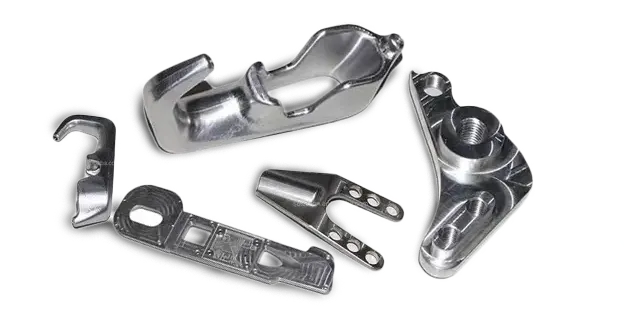
Start A CNC Milling Quote
step | stp | stl | igs | iges | obj
All uploads are secure and confidential.
CNC Milling services
DONGGUAN CHENGYANG utilizes 3-axis, 4-axis, and 5-axis CNC milling to manufacture parts from over 40 different plastics, metals, and rubbers. For both small and large-volume production, first article inspection (FAI) is available upon request. We achieve tolerances of up to +/- 0.0004” (0.01mm). Additionally, we offer competitive pricing for various heat treatments (aging, annealing, quenching, tempering, and more) and surface treatments (anodizing, chromate plating, passivation, etc.).
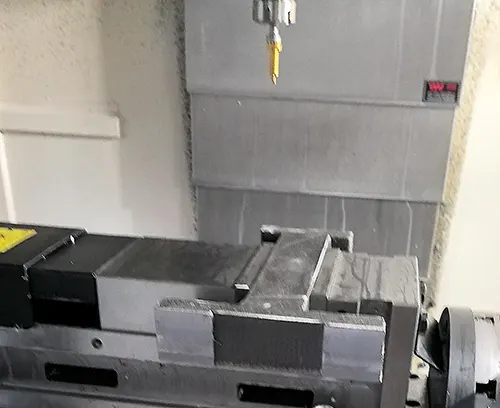
3 Axis CNC Milling
Three-axis CNC milling is the most common type of CNC machine, offering high precision, efficiency, and cost-effectiveness for most parts. We will provide most sufficient maching services.
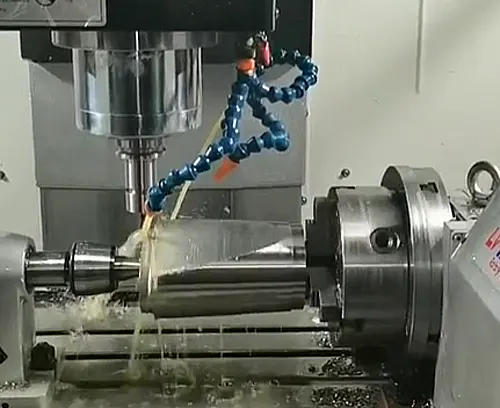
4 Axis CNC Milling
4-axis CNC milling provides greater flexibility for machining multi-sided parts and curved surfaces. While the cost is slightly higher than 3-axis machining,.
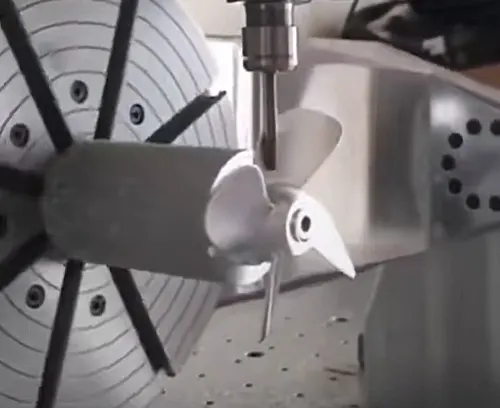
5 Axis CNC Milling
A 5-axis CNC machine is capable of machining highly complex shapes, making it ideal for parts with curved surfaces or intricate features that require processing from multiple directions.
Capabilities
Maximum Dimensions
2000mm x 1500mm x 800mm or 78.7 x 59 x 31.5 inches.
Maximum Dimensions
2000mm x 1500mm x 800mm or 78.7 x 59 x 31.5 inches.
Support Threading
Prefer Metric Threads, Also Support UNC and UNF threads.
Wall Thickness
Generally, a workable minimum wall thickness is 0.5mm for metals and 1.0mm for plastics.
Material Available
Metals: Aluminum, Copper, Brass, Bronze, Stainless Steel, Carbon Steel, Steel Alloy, Titanium, and plastic, etc .
Tolerances
Dimension: Depends on the size and material, generally +/- 0.01mm or 0.0004 inches
Common CNC DFM
Design for Manufacturing (DFM) optimizes a part or product for easier, cost-effective production. By refining the design early, manufacturers can reduce costs and prevent errors.

Sharp Corner

Undercut

Undercut

Thick Walls

Tolerance Guide

Small Hole

Narrow Area
Metal Materials
We offer instant quotes for over 100 metals and help compare processing material costs.
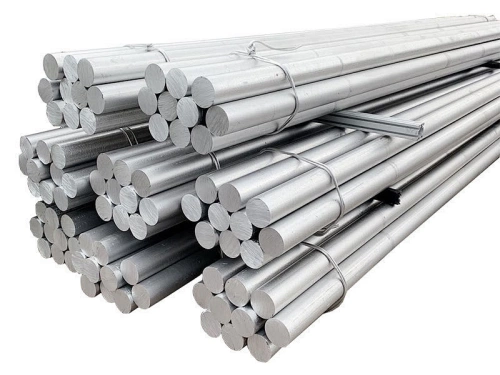 Aluminum
Aluminum
Aluminum, valued for its combination of lightness and strength, offers increased durability without the addition of unnecessary weight. Its remarkable ductility allows for detailed shaping, making it ideal for complex designs.
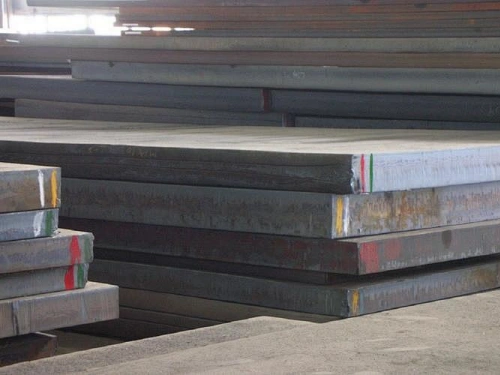 Carbon Steel
Carbon Steel
Carbon steel is a type of steel with excellent mechanical properties and a wide range of applications. Through reasonable heat treatment processes and corrosion prevention measures, its performance can be further enhanced and its service life extended.
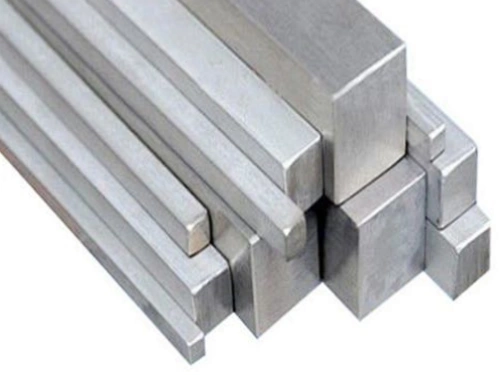 Stainless Steel
Stainless Steel
Stainless steel, renowned for its enduring quality and resistance to stains, ensures long-lasting use and maintains its appearance, even in harsh conditions.
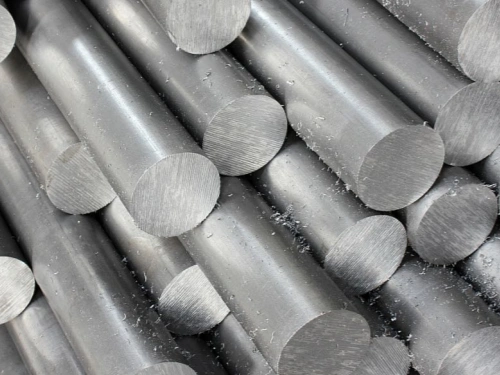 Tool Steel
Tool Steel
Tool Steel, or tool steel, is a type of steel primarily used for manufacturing cutting tools, gauges, molds, and wear-resistant tools. It is characterized by its high hardness, ability to maintain hardness and red-hardness at high temperatures, high wear resistance, and adequate toughness.
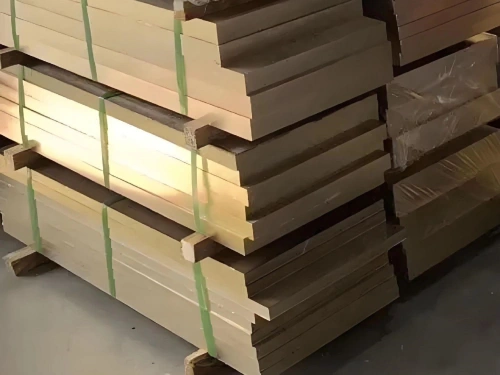 Brass
Brass
Long-lasting, unique gold hue, robust, readily workable for intricate parts.
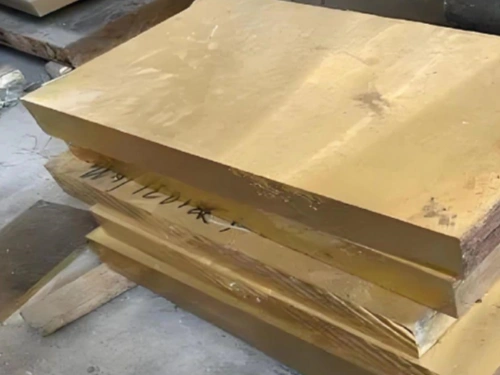 Copper
Copper
The advantages of copper are unmistakable: it possesses unparalleled electrical conductivity, high thermal efficiency, and natural corrosion resistance, ensuring long-lasting durability and superior performance across various manufacturing applications.
 Titanium
Titanium
High conductivity for both heat and electricity, malleable, resistant to corrosion, ideal for complex shaping and bending processes.
Plastic Materials
We offer instant quotes for over 200 plastics and help compare processing material costs.
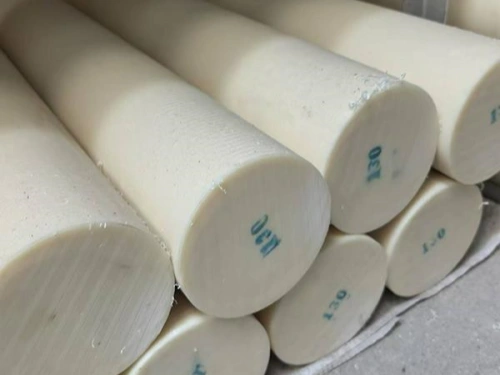 ABS
ABS
ABS is a copolymer consisting of three monomers: acrylonitrile, butadiene, and styrene. The mix of these monomers gives ABS a distinct set of characteristics, such as high impact strength, satisfactory heat resistance, and outstanding dimensional stability.
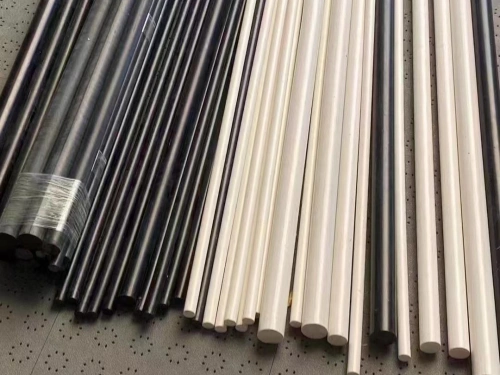 PMMA
PMMA
PMMA, also referred to as acrylic, is a durable and transparent material that is resistant to UV radiation and weathering. Thanks to its appealing aesthetics, it can be readily colored, molded, and utilized in a wide range of construction applications.
 PE
PE
Polyethylene (PE) is a widely utilized thermoplastic polymer renowned for its outstanding properties. This lightweight, resilient, and adaptable material finds extensive application in diverse fields, owing to its ease of processing into various shapes and sizes.
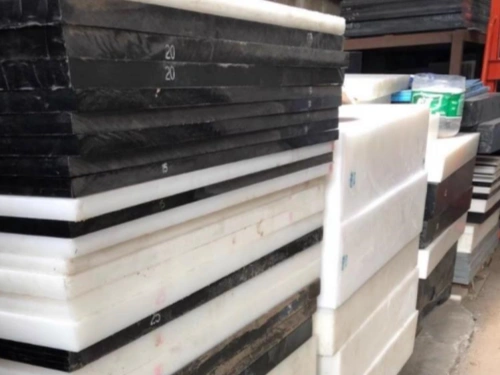 Nylon
Nylon
During machining, nylon, a synthetic thermoplastic polymer, necessitates careful attention to prevent overheating, as this can result in problems such as melting, distortion, or harm to the material.
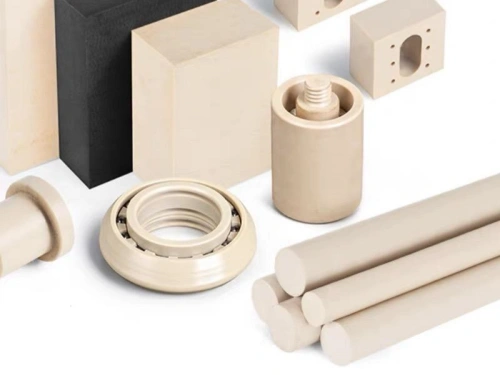 PEEK
PEEK
PEEK (Polyetheretherketone) is a distinctive engineering plastic renowned for its exceptional qualities, such as resistance to high temperatures, self-lubricating capabilities, ease of fabrication, and superior mechanical strength.
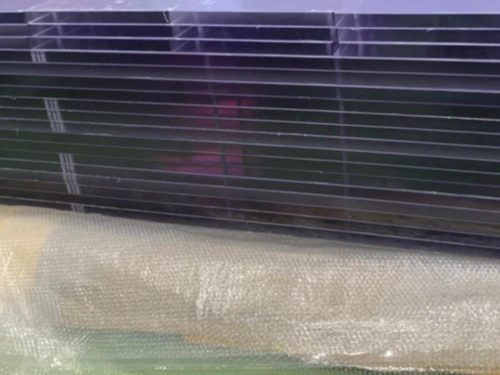 PC
PC
Polycarbonate is a robust and durable plastic that possesses flame-resistant and antioxidant characteristics. It exhibits superior impact resistance, clarity, and mechanical attributes.
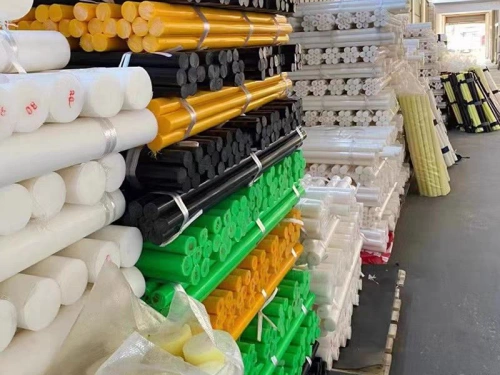 PP
PP
PP (Polypropylene) is noted for its exceptional chemical resistance, a high melting temperature, and its low density. When machining PP with a CNC machine, it is essential to employ a sharp tool with a large rake angle and a slow cutting speed. These precautions ensure that the material does not overheat and melt.
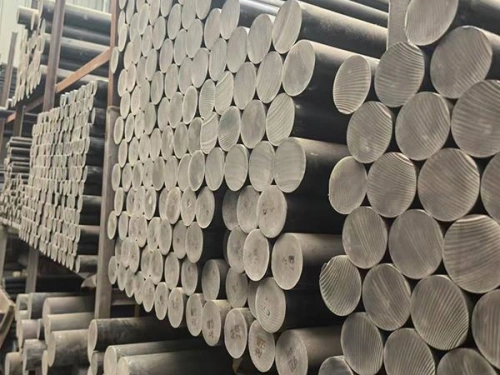 PET
PET
Polyethylene terephthalate (PET), a thermoplastic material, is a suitable choice for CNC milling and turning processes because of its excellent machinability and adaptability. With appropriate tooling and cutting settings, PET can be readily shaped and molded, rendering it perfect for producing prototypes, bespoke components, and containers via CNC machining.
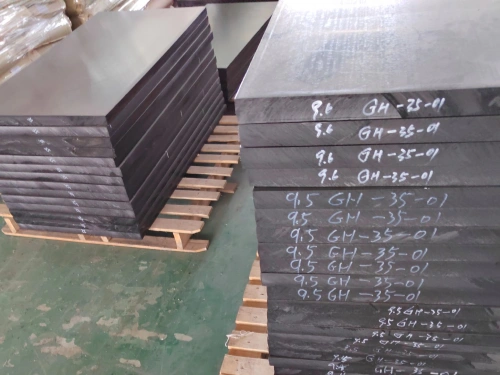 POM
POM
POM(Polyoxymethylene) is a thermoplastic material known for its exceptional stiffness, low friction coefficient, ease of machining, and outstanding dimensional stability. However, working with POM can be difficult because of its high melting temperature and tendency to chip or crack if the cutting parameters are not precisely managed.
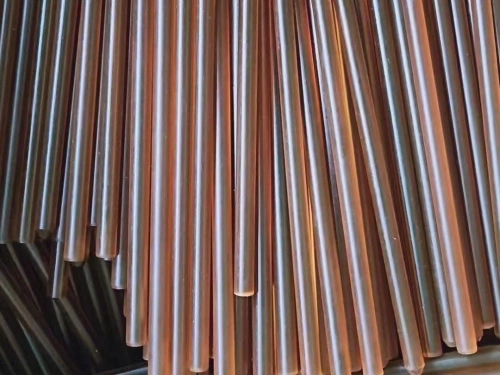 PVC
PVC
PVC is robust, long-lasting, and resistant to chemicals, weather conditions, and flame. However, machining it can generate hazardous dust and fumes that may pose a risk to workers’ safety. To ensure the safety of workers, it is essential to utilize appropriate safety gear and ventilation during the process.
Surface Finishes
Our experienced professionals specialize in product surface treatment.
| Name | Description | Materials | Color | Texture | More |
|---|---|---|---|---|---|
| Brushing | Brushing is a surface treatment technique that creates decorative lines on the workpiece by grinding the product, resulting in a beautiful and aesthetically appealing finish. | Aluminum, Brass, Stainless Steel, Steel, ABS,etc | N/A | Satin | |
| Sand Blast | Sandblasting is a method that uses high-speed sand flow to clean and roughen the surface of a product. It serves to achieve a specific level of cleanliness and varying roughness on the workpiece surface. | All Metal Materials, Plastic | N/A | Matte | |
| Tumbling | Tumbling is a surface treatment process where materials are placed in a rotating drum or container with abrasive media. The action of tumbling smoothens surfaces, deburrs edges, and improves uniformity. | All Materials | N/A | Smooth, Matte | |
| Polishing | Polishing is a mechanical surface treatment process that uses abrasives or buffing wheels to remove imperfections, smooth surfaces, and enhance the appearance of materials, leaving a shiny and reflective finish. | All Materials | N/A | Smooth | |
| Anodizing | Anodizing is a surface treatment for aluminum and its alloys. It forms a protective layer that boosts corrosion resistance, wear resistance, and hardness while changing the material’s surface appearance. | Aluminum, Titanium | Clear, Yellow, Green, Blue, Black, etc |
Smooth, matte finish. | |
| Painting | Attach the product to be sprayed onto the rotating bracket, and then secure the bracket on the assembly line. Apply the paint evenly to the product’s surface. This process enhances the product’s tactile feel, but it may be susceptible to scratches. | All Materials | Clear, Yellow, Green, Blue, Black, Multiple | Gloss, semi-gloss, flat, metallic, textured | |
| Black Oxide | Black oxide is an oxide film primarily utilized to enhance product corrosion resistance and appearance, while reducing light reflection. It is well-suited for treating steel and stainless steel surfaces. | Steel, Stainless Steel | Black | Smooth, matte | |
| Electroplating | Electroplating serves functional, decorative, and corrosion-related purposes, finding widespread use across various industries. For instance, the automotive sector often employs chrome-plating on steel automobile parts. | Aluminum, Steel, Stainless Steel | Gold, Silver, Nickel, Copper, Brass, Zinc, Chrome | Smooth, glossy finish | |
| Powder Coating | Powder coating is a technique for applying dry powder to metal surfaces, typically done electrostatically. The coated metal is then cured through heating or ultraviolet light to create a durable and attractive finish. | Aluminum, Stainless Steel, Steel,etc | Custom | Gloss, matte or semi-gloss | |
| Alodine | An alodine finish is a conversion coating applied to aluminum parts, creating a thin protective film that helps prevent corrosion. It also serves as a primer for further painting processes. | Aluminum, Stainess Steel | Clear, Gold | As machined | |
| Passivation | Passivation used on stainless steel to enhance corrosion resistance. It involves immersing the metal in an acid solution, removing contaminants, and forming a protective oxide layer on the surface, preventing rust and corrosion. | Stainess Steel | N/A | Matte | |
| Electroless Plating | Electroless plating is a chemical process depositing metal onto a substrate without an external electrical current. It involves a catalytic reaction between the substrate and a metal ion solution, creating a uniform and adherent coating. | Metal, Plastic | Gold, Silver, Nickel, Copper, Brass, Zinc, Chrome | Smooth, glossy finish |
